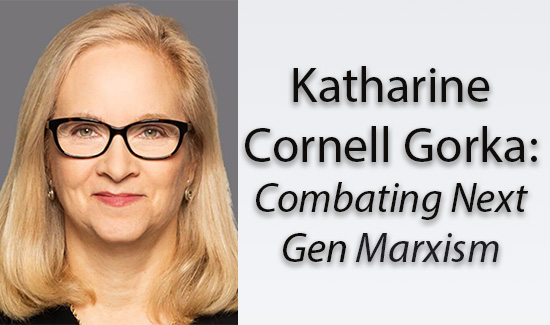Eds and Meds Jobs: Another Look
September jobs numbers for the Pittsburgh region monotonously repeat the story of the past several months—significant year over year employment declines. Total private jobs fell 32,000 from September 2008 to September 2009, a three percent drop. This is the fifth consecutive month the year over year employment decline has exceeded 30,000. At 998,200, the region’s private job total in September stood at the lowest level in more than a decade.
While nearly every major industry category bears the mark of this recession, only the health and education services group has shown consistent increases. In September, almost like clockwork, the sector posted a year over year gain of 2,600 jobs continuing a trend dating back at least a decade.
However, it is important to note that the education component of the "eds and meds" duo has not fared well of late, suffering a decline of 700 positions over the past 12 months. In fact, four of the last five months saw year over year declines. These losses were mostly in the colleges and university sub-sector—which posted a loss of 1,000 jobs in the most recent report. Moreover, since 2000 private education jobs have grown by only 4,000. Meanwhile, private higher education employment rose a very modest 2,800 jobs since 2000. In an economy with a million or so total employment, these nearly ten year increases are miniscule. Interestingly, the area’s universities and colleges are seen as a source of a major employment gains. The numbers paint a different picture. Job growth yes, but not a principal source of employment strength.
Further, a closer analysis of the health services industry classification likewise provides a clearer picture of what is actually happening. First, as we have previously noted, the social assistance category has grown very rapidly over the past ten years (10,600 jobs or 58 percent) accounting for a third of all health sector employment gains. No other private sector industry classification has recorded employment gains at the remarkable pace set by social assistance. But this growth is not necessarily a positive indicator or development for the economy. These jobs are heavily funded by taxpayers; they are an indication of increased need for assistance; and many of the jobs are low paying.
Looking at just health care employment (excluding social assistance), the highly touted driver of the Pittsburgh economy shows a far less spectacular picture than most observers realize. In September 1999 there were 132,200 jobs in this industry. Ten years later that number had climbed to 154,200—a rise of 22,000 or 17 percent. This seems like a big number but represents only 2 percent of the region’s overall jobs total and has not been nearly big enough to offset the weakness in other industries over the last decade.
Health care per se is made up of three major components: ambulatory health care services, hospitals, and nursing and residential care facilities. Surprisingly perhaps, the fastest growing component is not hospital jobs. The largest gains have been registered in ambulatory health care services (offices of health care providers as well as home health care services and outpatient and diagnostic services). Over the last 12 months ambulatory health care accounted for 45 percent of health care gains. More than half of the ambulatory job growth was in physicians’ offices. Since 1999 employment in ambulatory health care services has grown by 34 percent with employment at physicians’ offices growing by 46 percent—far faster than gains at colleges and universities or hospitals.
What has occurred with employment at area hospitals? Hospitals have been seen by some as a substantial economic driver of the region. The data indicate a far different story. Over the last decade there has been no growth in the region’s hospital employment. In September 1999 the hospital industry accounted for 57,800 jobs—virtually the same as September 2009. Furthermore, as a percentage of total health care jobs, hospital employment has seen its share decline. In 1999, 44 percent of health care jobs were in hospitals. By 2009 that percentage had dipped to 37 percent.
The Pittsburgh region and its cheerleaders tout the growth in "eds and meds" as an indication of the area’s changing economy. Universities and hospitals are supposed to lead the way into the new century taking the place of the manufacturing firms that once dominated the area’s economy. However, employment data for the last ten years, as well as during the current recession, show these jobs to have posted relatively small increases, certainly not enough to propel the economy. The robust gains in the health services, or "meds", sector have occurred in ambulatory health care facilities and to lesser extent residential care and nursing facilities.
Maybe the hospital and college employment data will give the Mayor and Chief Executive pause as they seek to levy taxes on those organizations.
________________________________________
Frank Gamrat, Ph.D., Sr. Research Assoc. Jake Haulk, Ph.D., President
________________________________________
For updates and commentary on daily issues please visit our blog at alleghenyinstitute.org/blog.
If you have enjoyed reading this Policy Brief and would like to send it to a friend, please feel free to forward it to them.
For more information on this and other topics, please visit our web site: alleghenyinstitute.org
If you wish to support our efforts please consider becoming a donor to the Allegheny Institute. The Allegheny Institute is a 501(c)(3) non-profit organization and all contributions are tax deductible. Please mail your contribution to:
The Allegheny Institute
305 Mt. Lebanon Boulevard
Suite 208
Pittsburgh, PA 15234
Thank you for your support.






